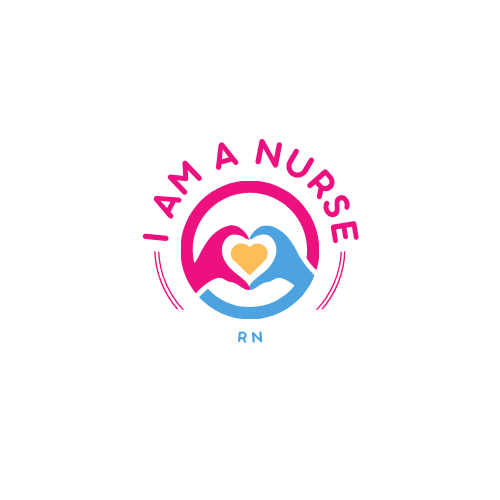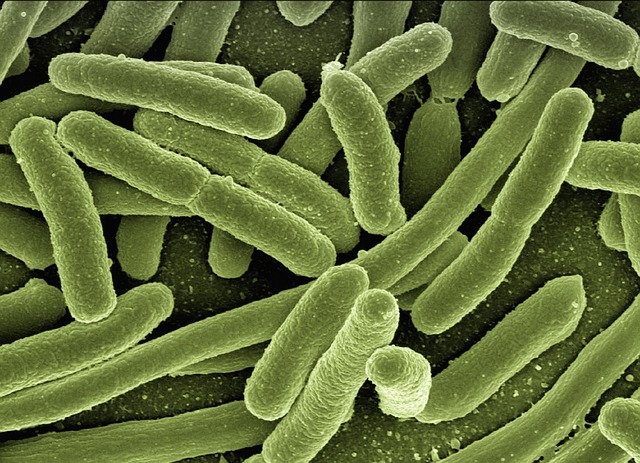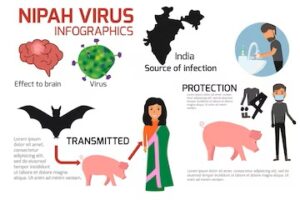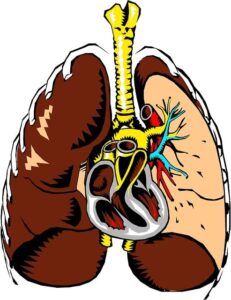Introduction to scrub typhus
Scrub typhus is a bacterial infection caused by the Orientia tsutsugamushi bacterium. It is a type of typhus, but it differs from other forms of the disease in several ways. The bacterium is transmitted to humans through the bite of infected chiggers, which are small mites found in areas with dense vegetation. Scrub typhus is prevalent in many parts of India and poses a significant public health concern. In this article, we will delve into the details of scrub typhus, its symptoms, diagnosis, treatment options, and preventive measures.
What is scrub typhus and how is it different from other types of typhus?
Scrub typhus is a febrile illness characterized by the sudden onset of high fever, severe headache, muscle pain, and a rash. It is caused by the Orientia tsutsugamushi bacterium, which is primarily transmitted to humans through the bite of infected chiggers. Unlike other types of typhus, such as epidemic typhus and murine typhus, scrub typhus is not transmitted from person to person. The bacterium primarily resides in rodents and is passed on to humans through the bite of infected chiggers.
Understanding the prevalence of scrub typhus in India
Scrub typhus is highly prevalent in India, especially in rural areas with dense vegetation and a warm climate. The disease has been reported in various states across the country, including Tamil Nadu, Himachal Pradesh, Kerala, and Jammu and Kashmir. The prevalence of scrub typhus is influenced by factors such as the presence of chiggers, the density of rodent populations, and the proximity of human settlements to these habitats. People who engage in outdoor activities, such as farming or trekking, are at a higher risk of contracting scrub typhus.
Common symptoms of scrub typhus
The symptoms of scrub typhus typically appear within 10 days of being bitten by an infected chigger. The initial symptoms include high fever, severe headache, muscle pain, and a characteristic rash. The rash, known as an eschar, is a painless ulcer that develops at the site of the chigger bite. As the disease progresses, patients may experience additional symptoms such as nausea, vomiting, cough, and swollen lymph nodes. In severe cases, scrub typhus can lead to organ damage and even death.
Diagnosis and treatment options for scrub typhus
The diagnosis of scrub typhus can be challenging as the symptoms can mimic other febrile illnesses. However, healthcare professionals can perform various tests to confirm the presence of the Orientia tsutsugamushi bacterium. These tests include serological assays, polymerase chain reaction (PCR) tests, and immunofluorescence assays. Early diagnosis is crucial for effective treatment. The primary treatment for scrub typhus is the administration of antibiotics such as doxycycline or azithromycin. In severe cases, hospitalization and supportive care may be required.
Preventive measures and hygiene practices to avoid scrub typhus
Preventing scrub typhus involves taking measures to avoid exposure to chiggers and their habitats. Some preventive measures include wearing protective clothing, using insect repellents, and regularly inspecting the body for chigger bites. Additionally, maintaining good personal hygiene, such as taking regular showers and keeping the living environment clean, can help reduce the risk of scrub typhus. Awareness about the disease and its transmission is essential in educating communities about preventive measures.
Identifying the early stage rash of scrub typhus
The early stage rash of scrub typhus, known as an eschar, is a key diagnostic feature of the disease. The eschar typically appears as a painless ulcer at the site of the chigger bite. It starts as a small red spot and gradually enlarges, forming a black scab-like lesion. The presence of an eschar can aid in the early identification of scrub typhus and prompt medical intervention. If you notice any unusual skin lesions or ulcers at the site of a bite, it is essential to seek medical attention to rule out scrub typhus.
Comparison between scrub typhus and typhoid fever
Scrub typhus and typhoid fever are both infectious diseases that can cause fever and other symptoms. However, they are caused by different bacteria and have distinct modes of transmission. Scrub typhus is caused by the Orientia tsutsugamushi bacterium and is transmitted through the bite of infected chiggers. On the other hand, typhoid fever is caused by the Salmonella typhi bacterium and is primarily transmitted through contaminated food and water. While both diseases require medical attention, the treatment and management approaches differ.
Dispelling myths and misconceptions about scrub typhus
There are various myths and misconceptions surrounding scrub typhus that can hinder its prevention and control. One common misconception is that scrub typhus is only prevalent in rural areas and not a concern in urban settings. However, cases of scrub typhus have been reported in urban areas as well, emphasizing the need for awareness and preventive measures across all settings. Another myth is that scrub typhus can only be transmitted through direct contact with rodents, when in fact, it is the bite of infected chiggers that transmits the disease. Educating the public and dispelling these myths is crucial for effective disease management.
Conclusion: The importance of awareness and education about scrub typhus
Scrub typhus is a significant public health concern in India, with its prevalence in various parts of the country. Understanding the disease, its symptoms, and preventive measures is crucial to control its spread and reduce the burden on healthcare systems. Awareness and education play a vital role in promoting preventive practices and early diagnosis. By implementing preventive measures, such as wearing protective clothing and maintaining good personal hygiene, individuals can protect themselves from scrub typhus. Additionally, healthcare professionals must be aware of the diagnostic methods and treatment options to provide timely and effective care. Through collective efforts, we can demystify scrub typhus and work towards its prevention and control.
For more information on scrub typhus, its prevention, and treatment, visit the Centers for Disease Control and Prevention (CDC) website. Stay informed and take necessary precautions to protect yourself and your community from this infectious disease.




